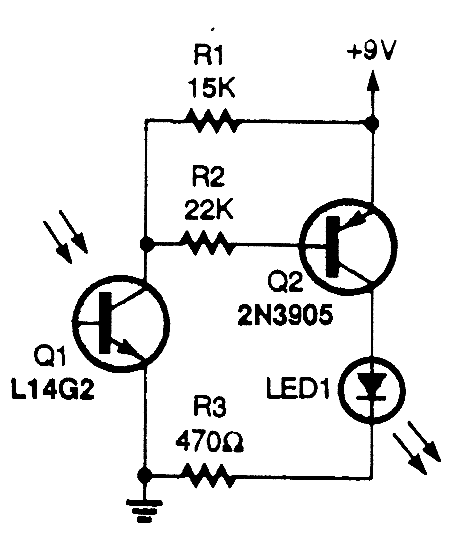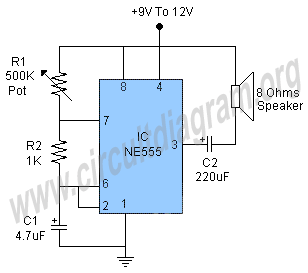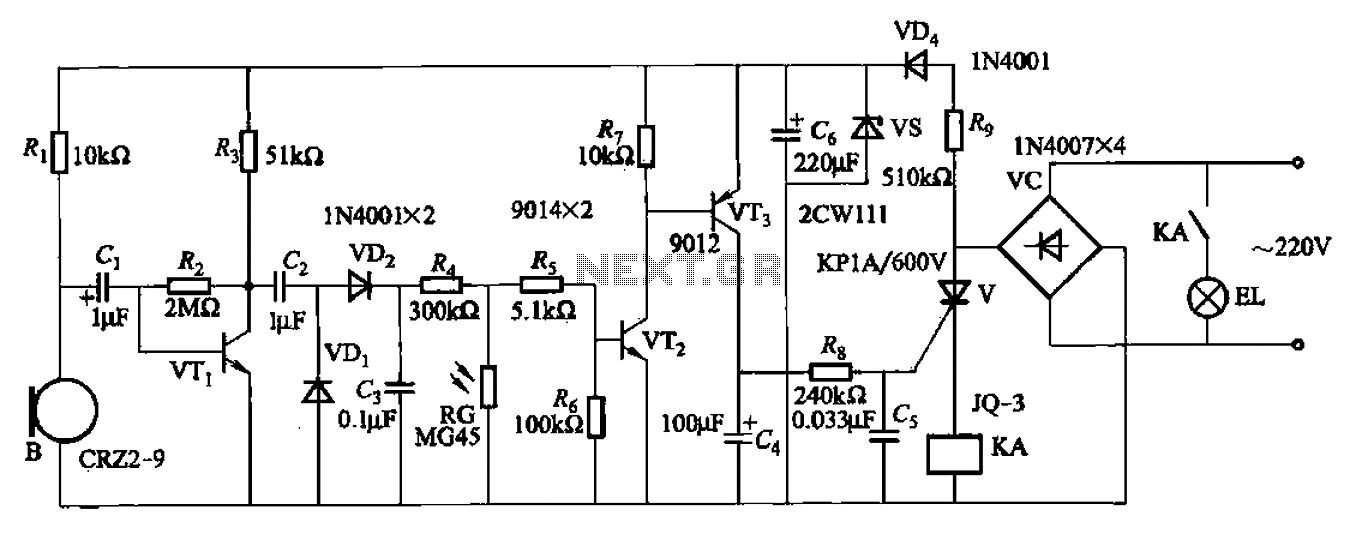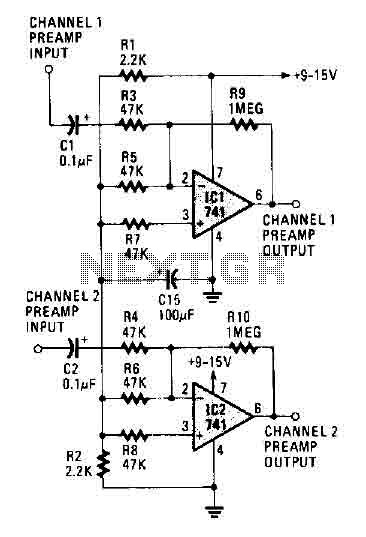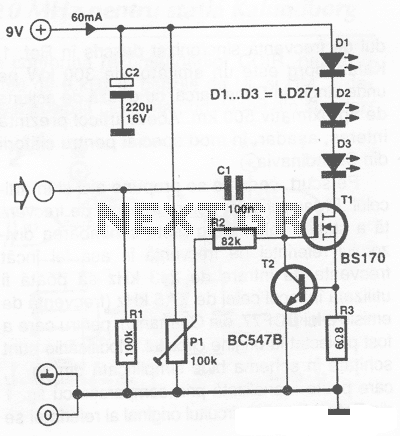
Thermal electromagnetic circuit long delay over-current release
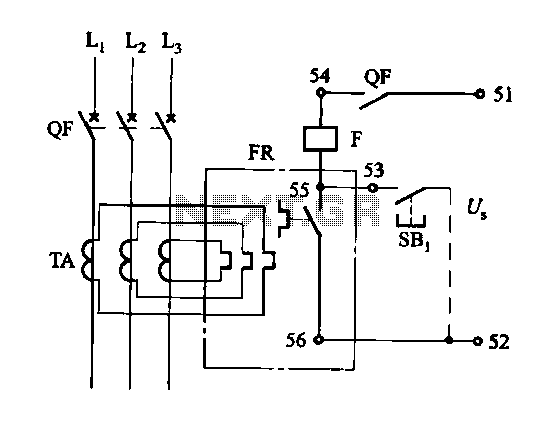
The DK-5A, 5D, and SDb control boxes are equipped with a thermal electromagnetic overcurrent release, as depicted in Figure 6-80. The trip mechanism provides both overload and instantaneous short circuit protection with a long delay feature. In the figure, TA represents a quick saturation current transformer, F is used to shunt the buckle coils, SBi functions as the sub-gate button, FR denotes the thermal relay, QF signifies the circuit breaker, and auxiliary contacts are included.
The DK series control boxes are designed for robust electrical protection in various applications. The thermal electromagnetic overcurrent release mechanism is a critical component that protects against excessive current conditions, which can lead to equipment damage or fire hazards. The overload protection feature ensures that the circuit remains operational under normal load conditions while providing a delay to avoid nuisance tripping during temporary overloads.
The instantaneous short circuit protection is designed to react quickly to fault conditions, allowing for immediate disconnection of the circuit to prevent damage. The long delay feature is particularly useful in applications where inrush currents may occur, allowing the system to tolerate brief overload conditions without interruption.
The quick saturation current transformer (TA) plays a vital role in sensing current levels and providing accurate feedback to the control circuitry. The shunt (F) is utilized to bypass the buckle coils, enabling a controlled response during fault conditions. The sub-gate button (SBi) allows for manual intervention in the control process, providing operators with the ability to reset or test the system as necessary.
The thermal relay (FR) monitors the temperature of the system, ensuring that overheating conditions are detected and addressed promptly. The circuit breaker (QF) serves as a primary protective device, automatically interrupting the circuit in the event of a fault. Auxiliary contacts provide additional functionality, such as signaling or interlocking with other systems, enhancing the overall reliability and safety of the control box.
Overall, the DK-5A, 5D, and SDb control boxes provide comprehensive protection and control for electrical systems, ensuring safe and efficient operation in various industrial and commercial applications.DK-5A, 5D, SDb control box, all with a thermal electromagnetic overcurrent release, the circuit shown in Figure 6-80. Trip has overload and short circuit instantaneous action l ong delay protection. Figure, TA is quick saturation current transformer, F to shunt off the buckle coils, SBi as the sub-gate button, FR thermal relay, QF circuit breaker and auxiliary contacts.
The DK series control boxes are designed for robust electrical protection in various applications. The thermal electromagnetic overcurrent release mechanism is a critical component that protects against excessive current conditions, which can lead to equipment damage or fire hazards. The overload protection feature ensures that the circuit remains operational under normal load conditions while providing a delay to avoid nuisance tripping during temporary overloads.
The instantaneous short circuit protection is designed to react quickly to fault conditions, allowing for immediate disconnection of the circuit to prevent damage. The long delay feature is particularly useful in applications where inrush currents may occur, allowing the system to tolerate brief overload conditions without interruption.
The quick saturation current transformer (TA) plays a vital role in sensing current levels and providing accurate feedback to the control circuitry. The shunt (F) is utilized to bypass the buckle coils, enabling a controlled response during fault conditions. The sub-gate button (SBi) allows for manual intervention in the control process, providing operators with the ability to reset or test the system as necessary.
The thermal relay (FR) monitors the temperature of the system, ensuring that overheating conditions are detected and addressed promptly. The circuit breaker (QF) serves as a primary protective device, automatically interrupting the circuit in the event of a fault. Auxiliary contacts provide additional functionality, such as signaling or interlocking with other systems, enhancing the overall reliability and safety of the control box.
Overall, the DK-5A, 5D, and SDb control boxes provide comprehensive protection and control for electrical systems, ensuring safe and efficient operation in various industrial and commercial applications.DK-5A, 5D, SDb control box, all with a thermal electromagnetic overcurrent release, the circuit shown in Figure 6-80. Trip has overload and short circuit instantaneous action l ong delay protection. Figure, TA is quick saturation current transformer, F to shunt off the buckle coils, SBi as the sub-gate button, FR thermal relay, QF circuit breaker and auxiliary contacts.

